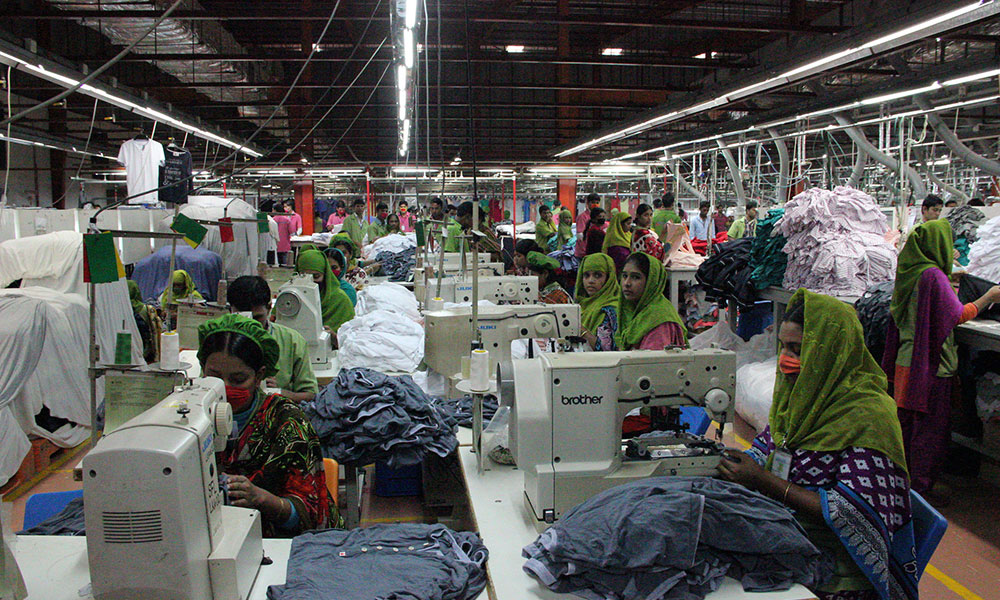
Associations Lead Way on Bangladesh Factory Safety Reforms, But Work Remains
In the wake of a deadly Bangladesh factory collapse, the National Retail Federation and other associations partnered to improve worker conditions. Two years into a five-year effort, a new report details the progress they've made and the challenges ahead.
Two years ago, the National Retail Federation (NRF) partnered with global retailers and other associations to build the Safer Factories Initiative and the Alliance for Bangladesh Worker Safety. The partnership was prompted by the 2013 Rana Plaza factory collapse near the Bangladeshi city of Dhaka that caused the deaths of 1,129 and drew international attention to what local associations called “cutthroat buying practices” by Western companies.
Ever since, companies like Gap, Sears, and Costco, along with organizations including the American Apparel & Footwear Association, Retail Industry Leaders Association, and more, have sought to prevent future tragedy through rigorous examination of Bangladesh’s garment industry.
Earlier this week, NRF representatives returned from Bangladesh with a positive outlook on the progress being made to safeguard workers and improve working conditions.
“We saw firsthand in the past few days that significant progress has been made to improve conditions at factories in Bangladesh and that work is on track to see more improvements in the future,” David French, NRF senior vice president for government relations, said in a news release.
During a week-long trip that took French and NRF Vice President for Supply Chain and Customs Policy Jonathan Gold to China and Vietnam, in addition to Bangladesh, the pair toured factories and ports and met with local stakeholders and Alliance executives. Following their travels, the Alliance released a report [PDF] on its ongoing efforts to improve safety and empower workers.
Making Safety Sustainable
According to the report, Alliance efforts have led to 661 factory visits, 591 approved corrective plans, and 6,177 payments to displaced workers. In addition, as of July, 528 factories have completed at least one remediation visit. Those visits are a three-step process to ensure that fire prevention measures, structural changes, and other infrastructure issues have been identified, remedied, and approved by the Alliance. Just six factories have passed their final inspection, so the work on the remediation process is only just beginning.
The Alliance has also established a helpline in 414 factories connecting workers with resources. So far, 21,010 calls have been made.
Moving forward, one of the Alliance’s biggest priorities is to make sure its progress doesn’t ebb as the initiative moves into year three of its five-year commitment.
“The Alliance will work with the government of Bangladesh, donor governments, and all stakeholders to develop a plan to sustainably transfer our work to the responsible ministries, departments, and other groups at the appropriate time,” Independent Chair Ellen O’Kane Tauscher wrote in the Alliance’s report [PDF]. “The Alliance is committed to a sustainable legacy: one that continues to create hope for the people of Bangladesh.”
(NYU Stern BHR/Flickr)






Comments